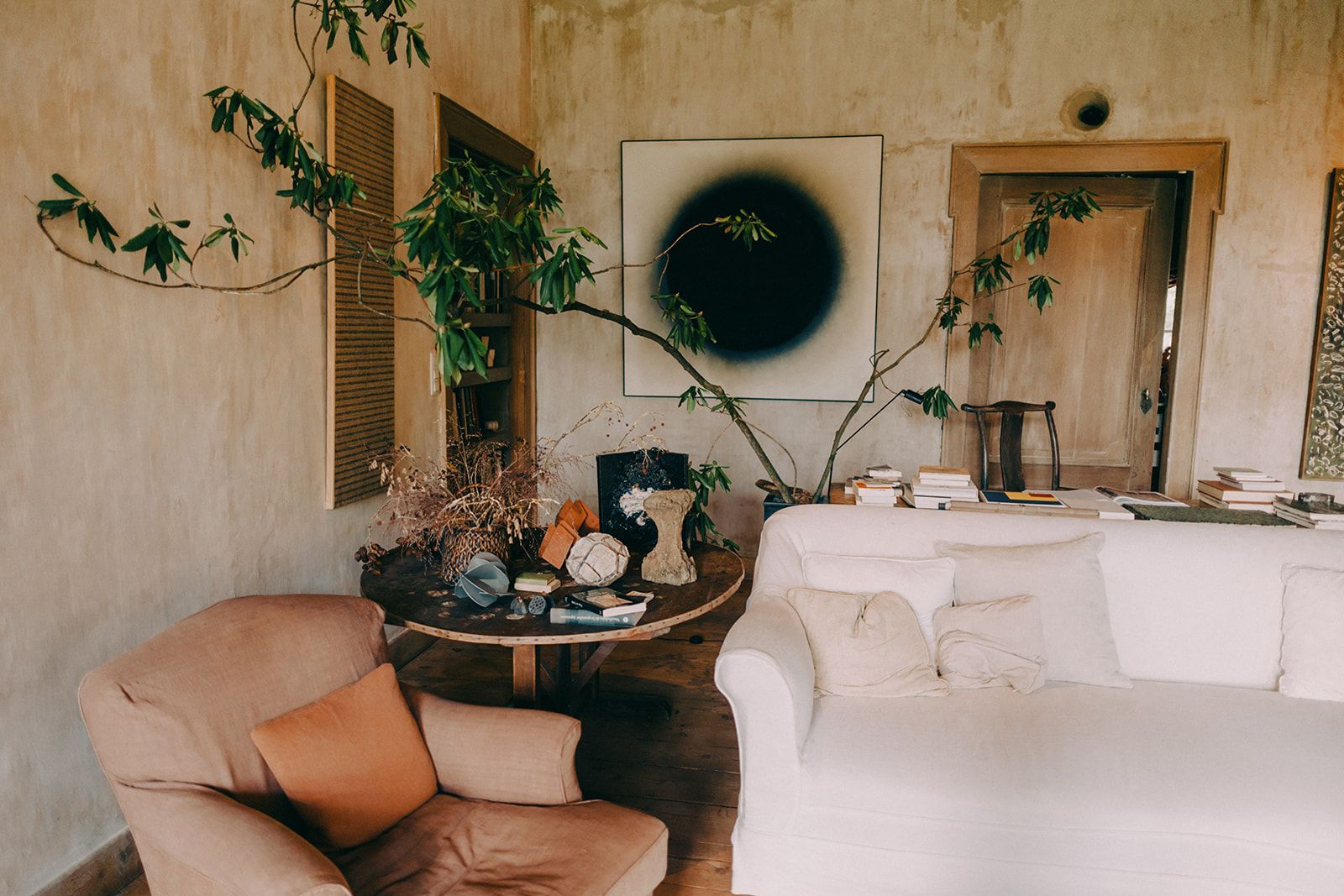AXEL VERVOORDT
The Grand Aesthete
Few people in the world have created a style and universe of their own that's globally appreciated and highly sought after. Axel Vervoordt is one of them.

For all his accomplishments, there’s one thing that’s been at the center of his career for more than sixty years: the pursuit of happiness.
For all his accomplishments, there’s one thing that’s been at the center of his career for more than sixty years: the pursuit of happiness.
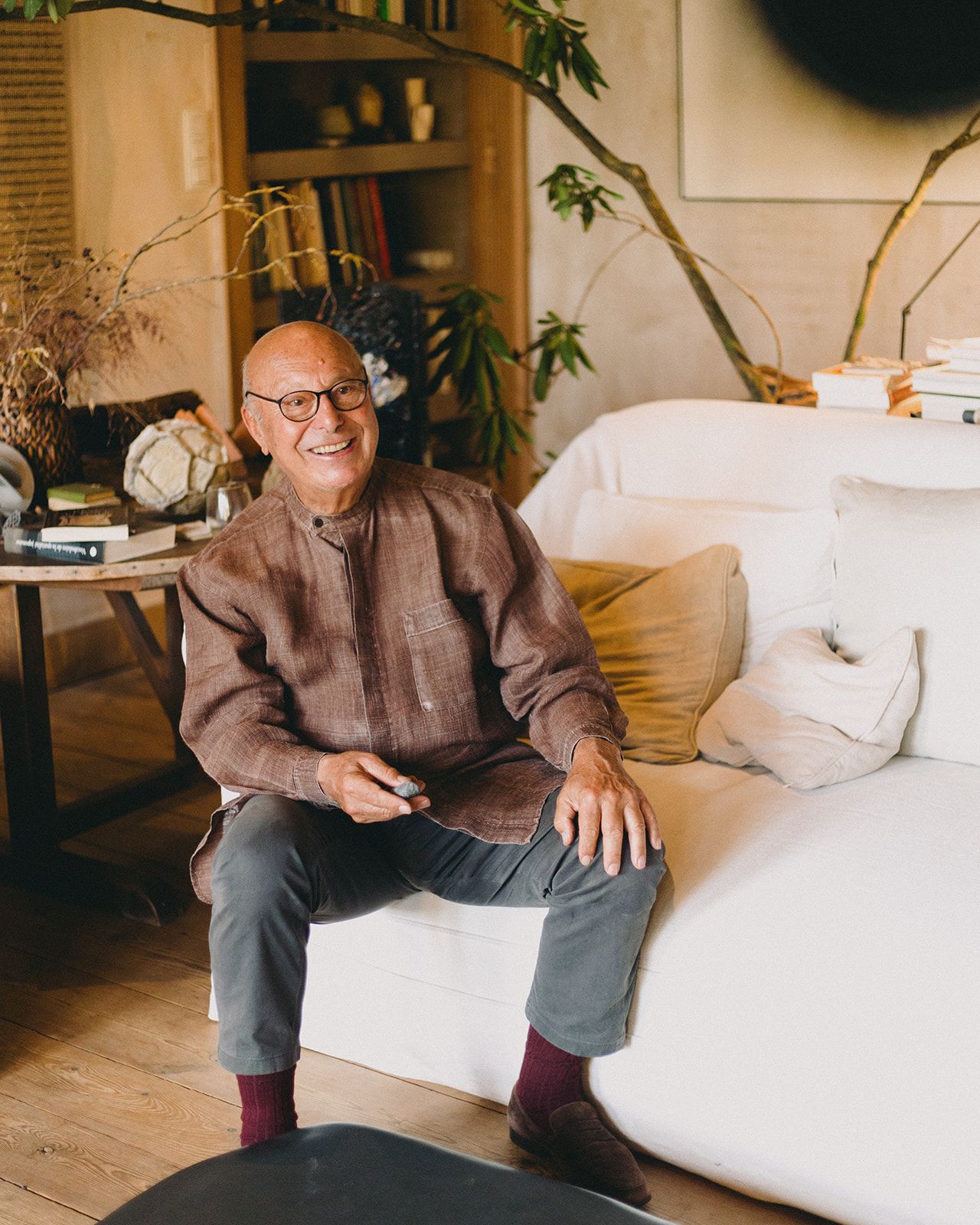
Be happy while making happy
A renowned interior design business. Remarkable clients. Expertly curated exhibitions. Bestselling books. A fairy-tale castle. Axel Vervoordt is living an impressive life, to say the least. It's surprising to learn that achieving success wasn't always his primary goal. The one thing that’s been at the center of his career as an art dealer, designer, antiquaire, and curator for more than sixty years is the pursuit of happiness. His favorite saying is "Etre heureux en rendant heureux", which means “Be happy while making happy.”
“When I look back at what I achieved, I discovered rules that I followed and maybe a system," Axel says. "But now when I look toward the future, I prefer only a big sense of freedom. You can only be creative in terms of freedom."
“More than any goal in life, or want you want to achieve, I think the path, or the way is more interesting.”
“More than any goal in life, or want you want to achieve, I think the path, or the way is more interesting.”
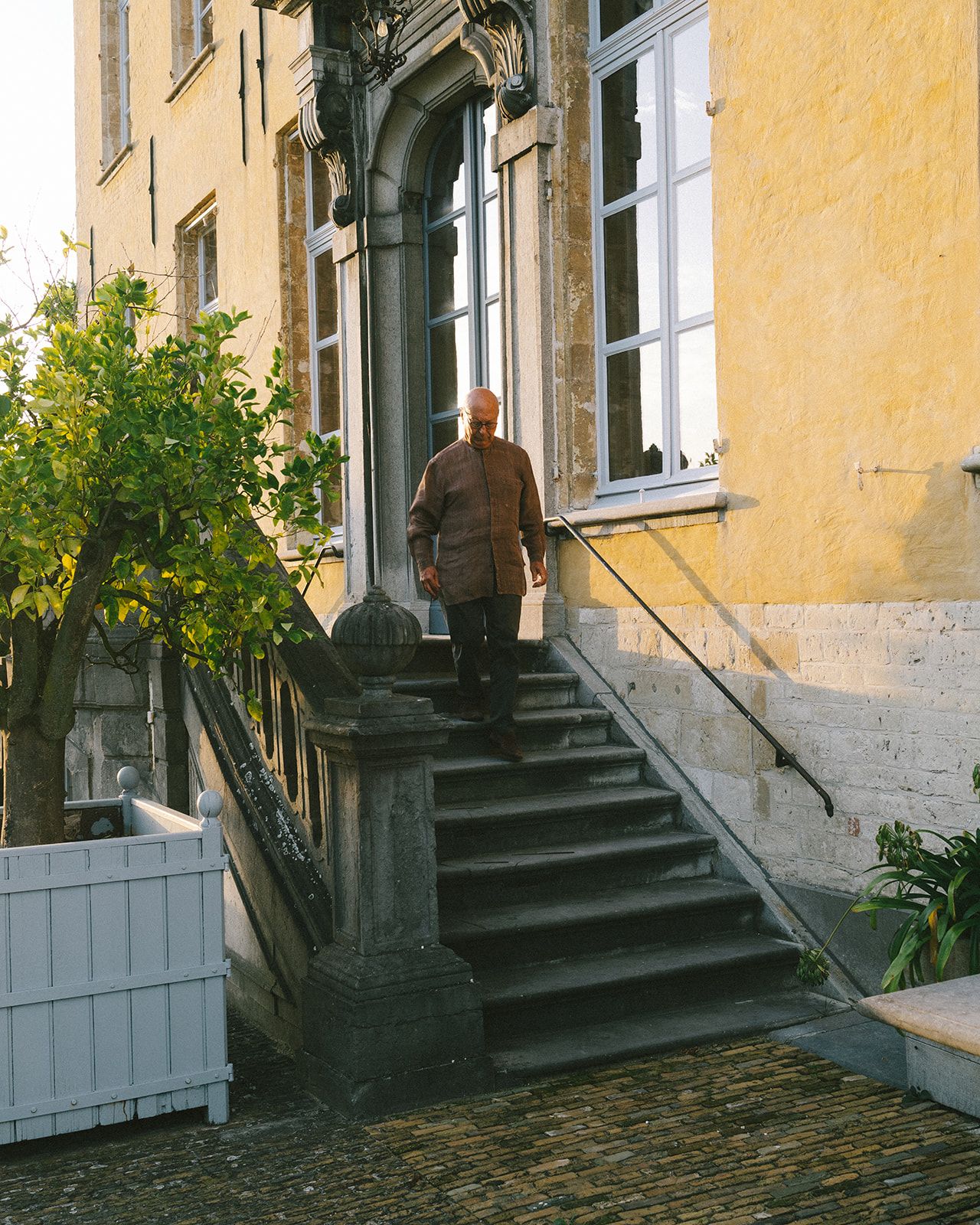
Story of a Style
Born in Antwerp, Belgium in 1947 to a horse-trader father and a stay-at-home mother, Axel started dealing antiques as a teen. He traveled solo to England to search for things to buy, which was the perfect training for his curious eye and attention to detail. He even bought and sold a René Magritte painting while completing his mandatory military service.
In the 1970s, the foundations of Axel's career took shape when he started including antiques, art, architecture, design, and real estate in his daily activities. Acting on his mother’s vision, he acquired a collection of sixteenth-century houses in Antwerp’s city center and renovated them one by one. Working alongside his wife May, he used one of the buildings as the headquarters of his company and another is where they started a home and family.
Clients were initially attracted to individual pieces but soon fell in love with the whole Vervoordt lifestyle. The company became sought after for its unique mix of old and new, East and West, and a philosophy of living that includes a search for harmony, timelessness, and revealing the ephemeral qualities of beauty. They became one of the world’s most prominent interior design firms by achieving what is nearly impossible: they invented a style.
The Item
The Item
More than anything else, Axel has always been inspired by nature. While talking about what we’d like to make for The TwentyFour Six, nature was our starting point. He takes daily walks in the park surrounding his home, and one day, he found a perfect stone. Shaped by nature and sculpted over time. It's the unique mix of many of his philosophies: wabi-sabi, the beauty of imperfection, and Artempo, which is art made by time.
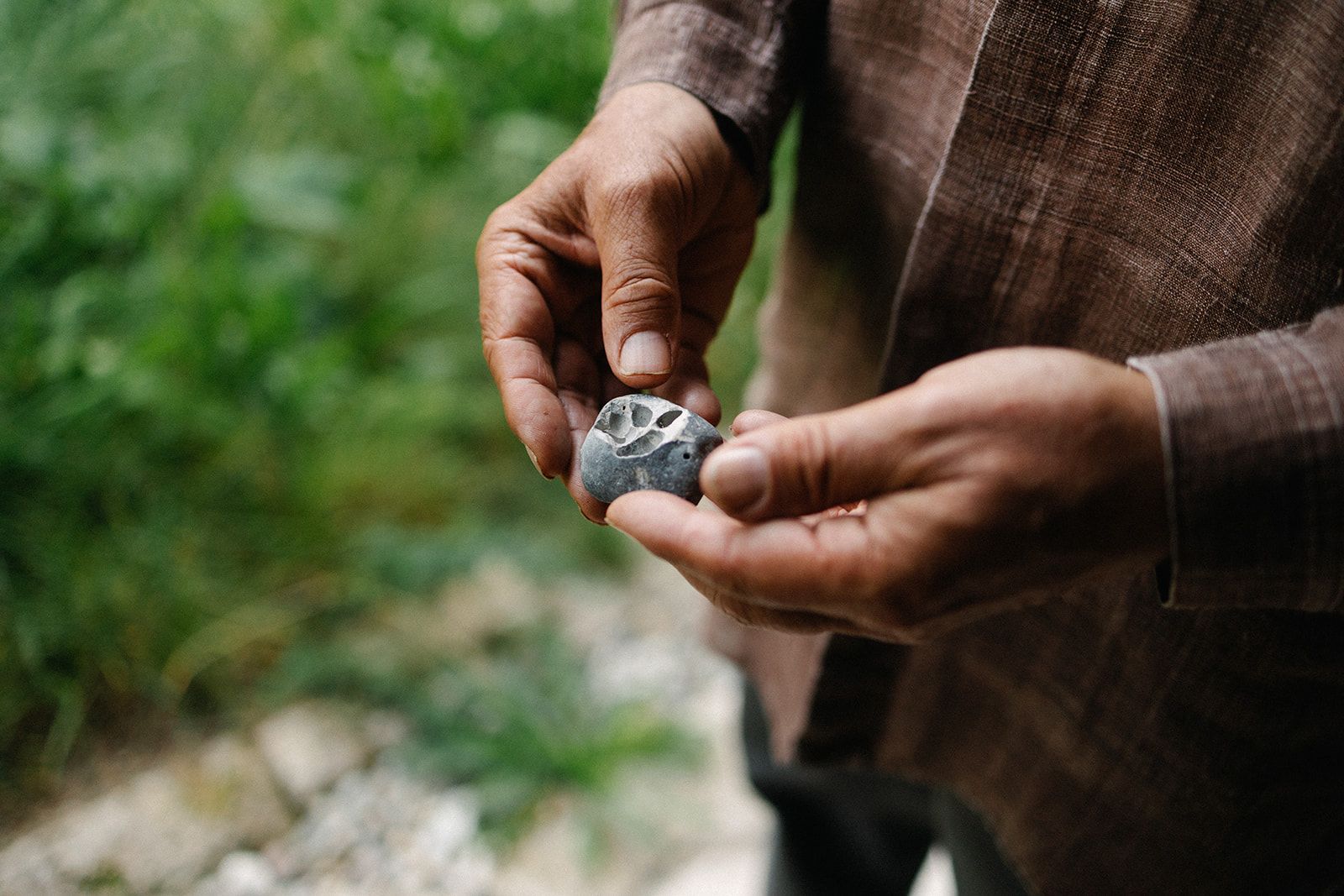

Our Q&A with Axel
The TwentyFour Six caught up with Axel in his 12th-century castle where he and May have lived since 1986, a home that's been widely published, much admired, and is the epitome of Vervoordt taste. He wears his trademark look—a thick linen shirt in an earthy tone with a Mao collar and round rim glasses. He smiles often, laughs easily, and notices everything. His big, deep laugh fills the room with a positive energy and is a reminder that of all the things he has, his unmistakeable aura is what makes the strongest impression.
What does creativity mean to you?
What does creativity mean to you?
Creativity is something very natural. It means being aware of things. In a way, to be creative is to be vulnerable because you’re very open to everything. And you want to take that openness and do something with it. You want to create something new, better, or more interesting. The shape creativity takes can be very different for everyone, but this awareness and openness are important.
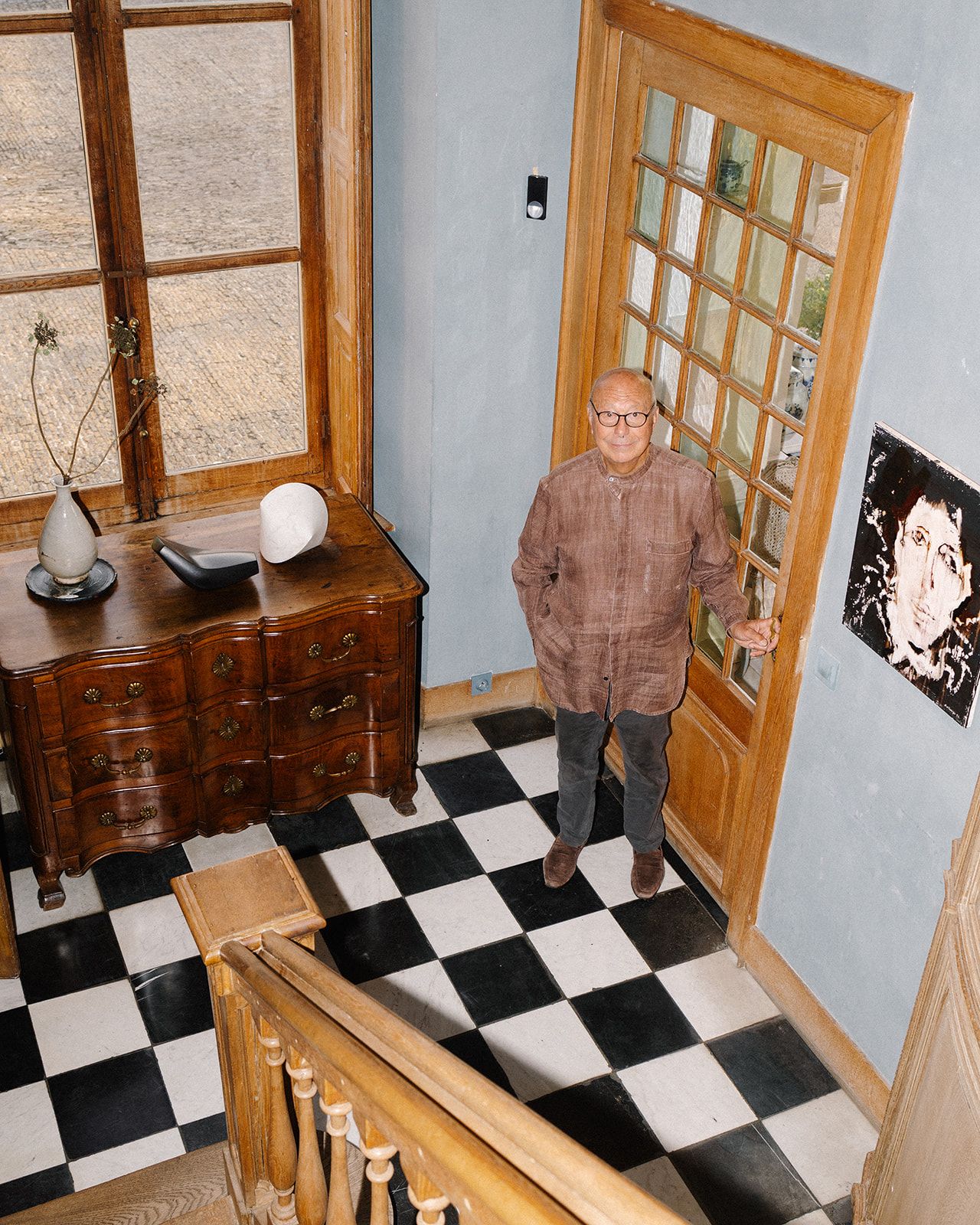
When you start to design a home for a client, what's your approach?
Any project starts with two elements: there’s the element of the home—its situation, location, and environment. And then there's the element of the people who choose to live there. To combine these elements, I think there always needs to be a good mix between the eternal and the ephemeral. When I say eternal, I mean more than just the architecture. The goal is to make something good for many people for a long time. Good comes from harmony and balance—a home needs to fit where it is and be one with the surrounding nature. This creates a feeling of warmth.
To help the people who are going to live there, I see my work as a portraitist. I choose objects, furniture, art, and things that resemble them. I hope my clients can rediscover themselves in their houses. I work on it until it works—and it usually does! Once a project is finished, the clients have a feeling of familiarity—it feels as though they’ve lived there all their lives.
This is very important to me. A home—its people and all its contents—inspires a feeling of oneness.
This is very important to me. A home—its people and all its contents—inspires a feeling of oneness.

The idea of creating a portrait is fascinating. How do you begin to understand someone’s lifestyle?
To get to know someone and how they want to live, you start by asking a lot of questions. Do you have children? Do you like to cook? Do you entertain? The answers influence every decision. If you have children, it changes the house. A home must allow each member of the family to have a favorite place to be. I think a kitchen is very important. When the kids come home and open the fridge to take a drink, there should be a familial ambiance already. I also like a warm library with all the books you like to read and many objects—beautiful objects you love and even ugly objects that you may have received as gifts from nice people. Everything finds its place. Once you get to know more about a person’s lifestyle, you can also create a room with beautiful architecture—made with great proportions and designed on principles of sacred geometry—and you can almost leave the room empty. It creates a sense of yin-yang. Fullness and emptiness.
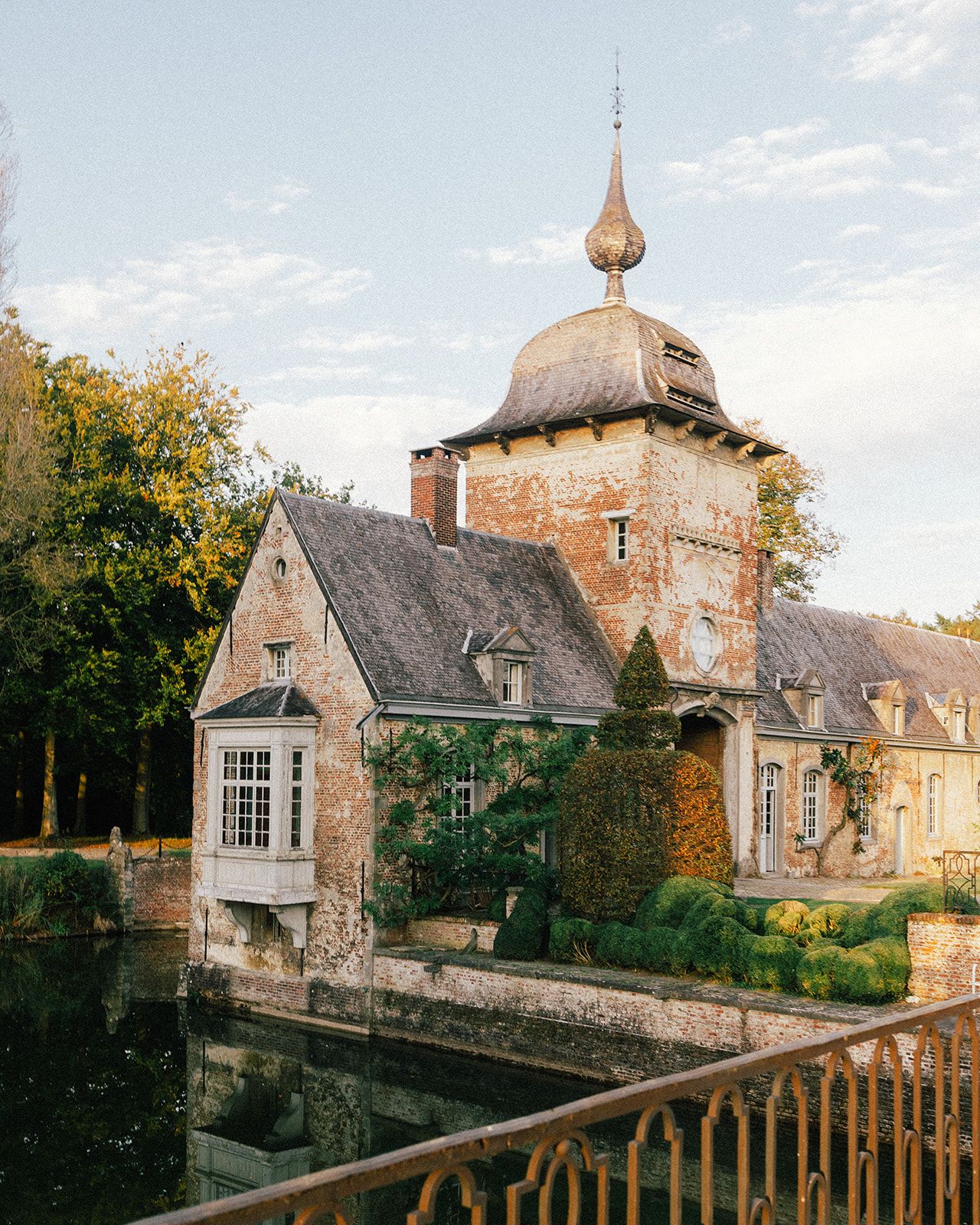
An ideal home, like its people, has different atmospheres. It gives you the chance to travel in your own home.
An ideal home, like its people, has different atmospheres. It gives you the chance to travel in your own home.

What is an important value in life that you would like to give to others?
I think it is being happy by making other people happy. If you can do that, then you will be happy. If you want to be happy, only for the sake of personal happiness or only to receive more, then in my experience, it won’t work. Being grateful for what you have and working to make other people happy is the key to being a happy person.
Do you have a favorite space?
Do you have a favorite space?
They’re all my favorites! It depends on the mood, of course. In your home, every room should be your favorite. Each space should have a purpose. Some rooms I prefer to use more during the daytime, and then like the library, I prefer in the evenings. My wife May loves our library, and we often have dinner there when it’s just the two of us. Each space creates an atmosphere that inspires different types of conversation—some are more serious than others. And in other rooms, you have the feeling of being alone.
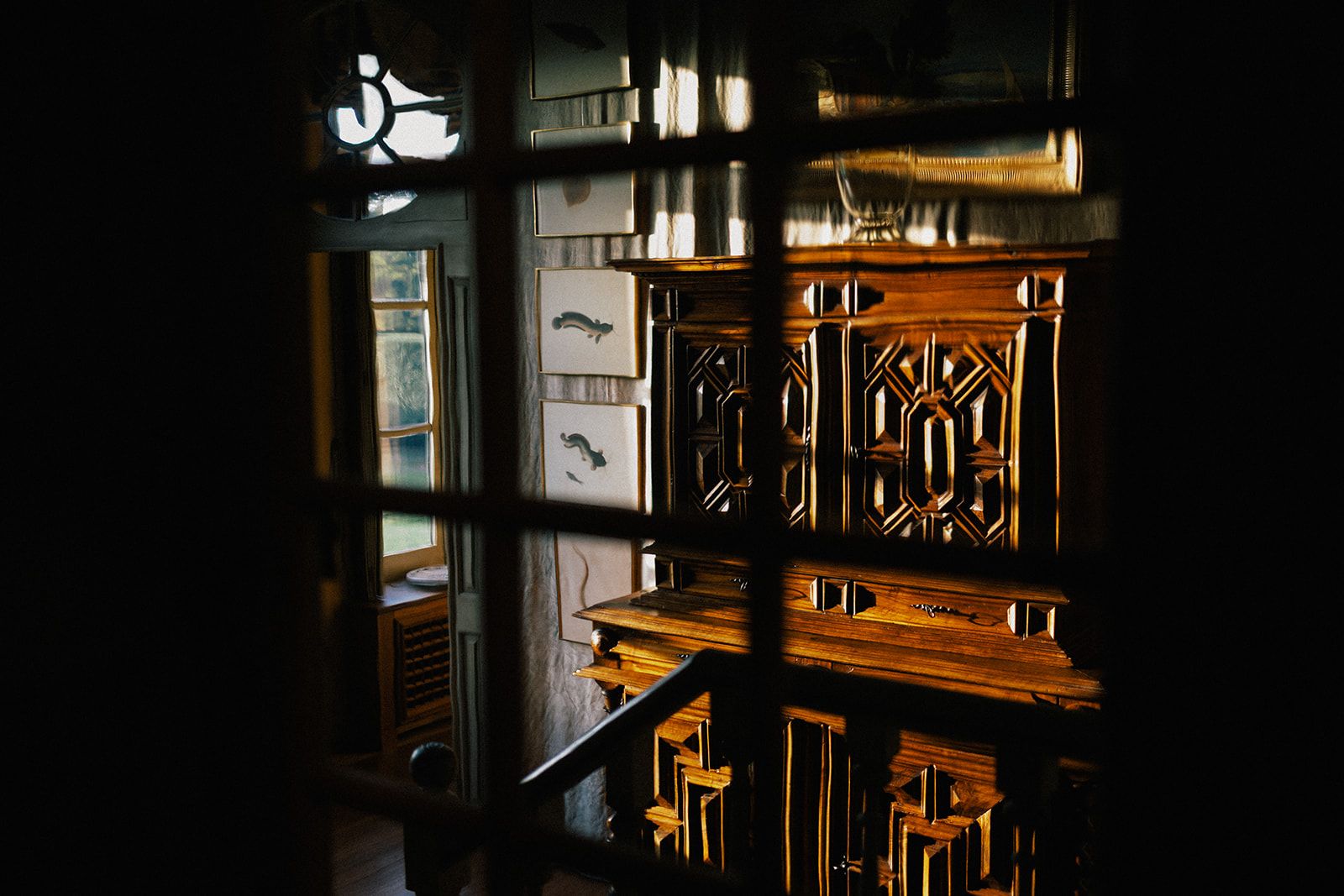
Many of your best friends are musicians. How important is music in your life?
When I was a child, all my friends loved the Beatles, but I didn’t. I always loved classical music. I could hear even a few notes and recognize that it was a third concerto from Beethoven or Mozart or whatever. I think I cannot live without music. Though when I visit my wabi pavilion, I love silence, too. What I like about music though, especially live music, is that every musician must recreate it every time. They have a piece of paper, and they're searching to find the feeling of the composer. But they are living in the beat of the present moment, of their own period, and you can never lie in the present moment.
Music adds an extra dimension to life.
Music adds an extra dimension to life.
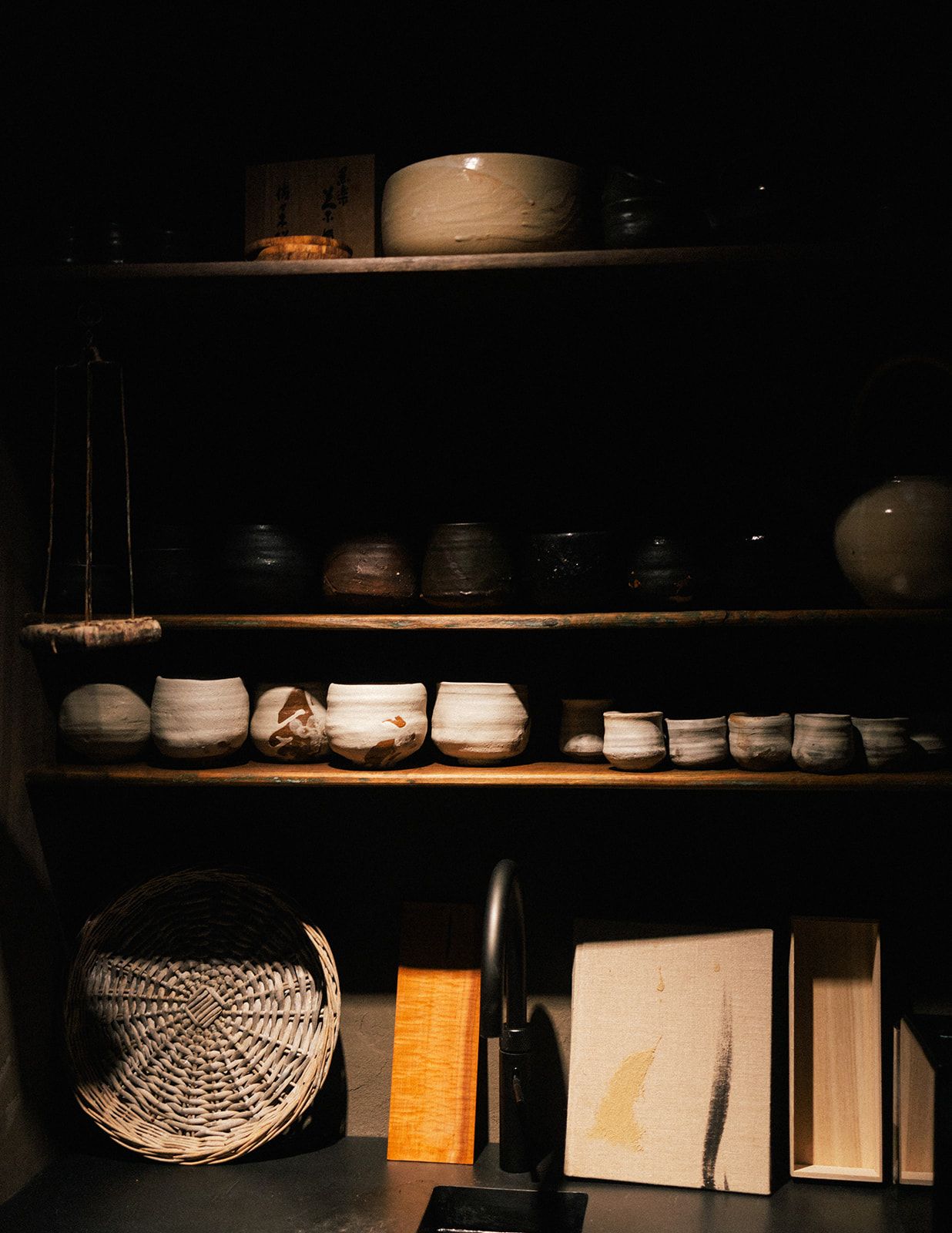
How do you see the future evolving—what changes do you foresee in the next generation?
I see a lot of changes coming. More and more, I see the power and influence of Asia and the Far East. I’ve traveled recently to China, Japan, and Korea and met very interesting people. In general, everywhere I go, I feel much more respect for nature—that people are conscious of nature’s power and feel compelled to save nature. We need to be more conscious about the art of recuperation—turning trash into treasure and finding a better place for things that we normally throw away. In a way, this is a wabi-sabi ideal. Wabi-sabi is a Japanese concept that’s about embracing the beauty of imperfection, of accepting things as they are.
Wabi-sabi is about harmony, respect, silence, and serenity. It’s an old concept that has become very actual. If we embrace it nowadays, it can save the world.
Wabi-sabi is about harmony, respect, silence, and serenity. It’s an old concept that has become very actual. If we embrace it nowadays, it can save the world.
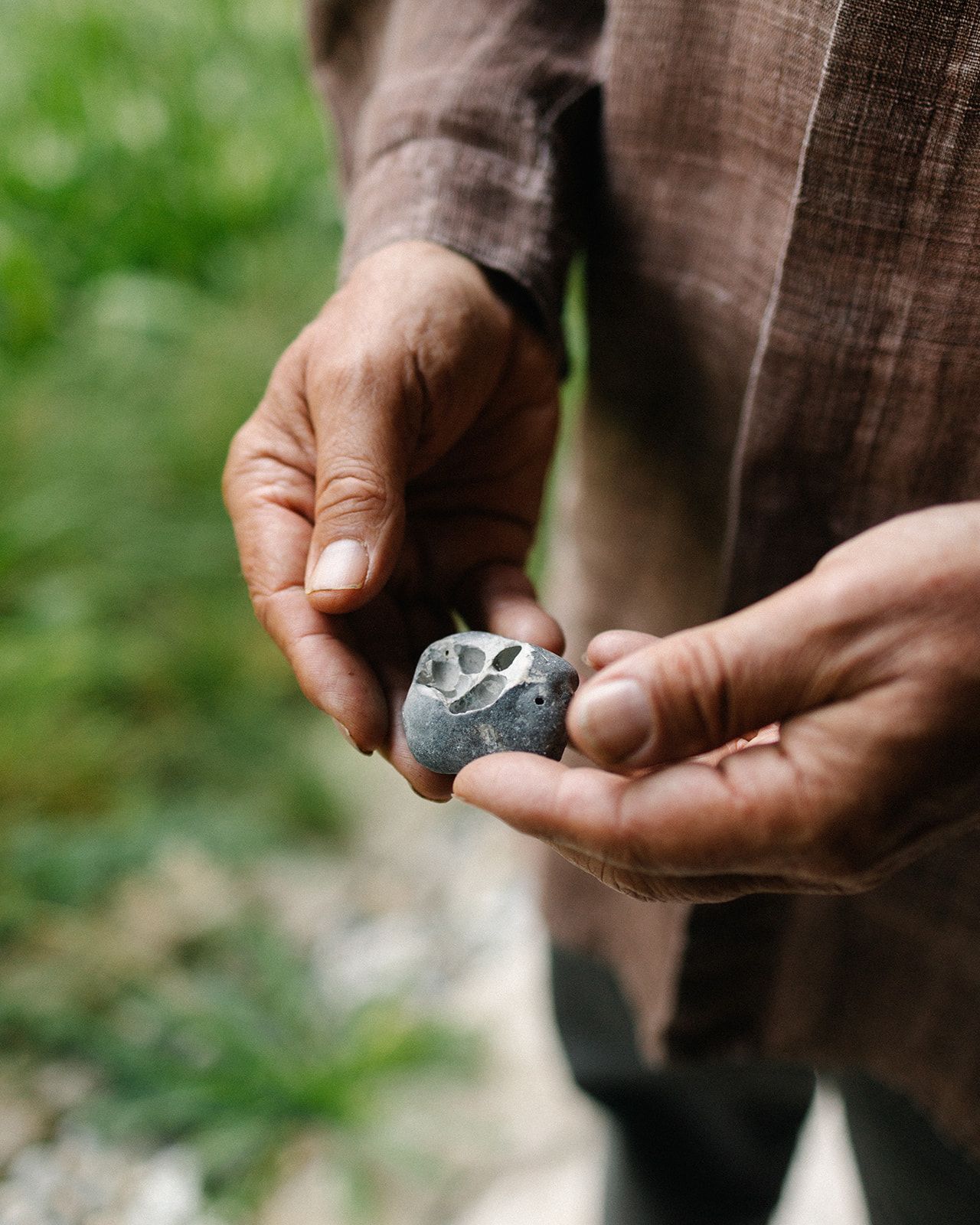
This brings us to the object you found that inspired our collaboration. Can you tell us about it?
I love this stone. It’s like a work of art made by nature. The holes are perhaps made by drops of water for hundreds of years. The creation of nature and the passing of time is why I really love it. I appreciate this stone like a jewel because of it. Nature created it with a lot of patience and never had the intent to want to be beautiful. It just is what it is. This is what makes it so touching.

Nature created it with a lot of patience and never had the intent to want to be beautiful. It just is what it is. This is what makes it so touching.
Nature created it with a lot of patience and never had the intent to want to be beautiful. It just is what it is. This is what makes it so touching.
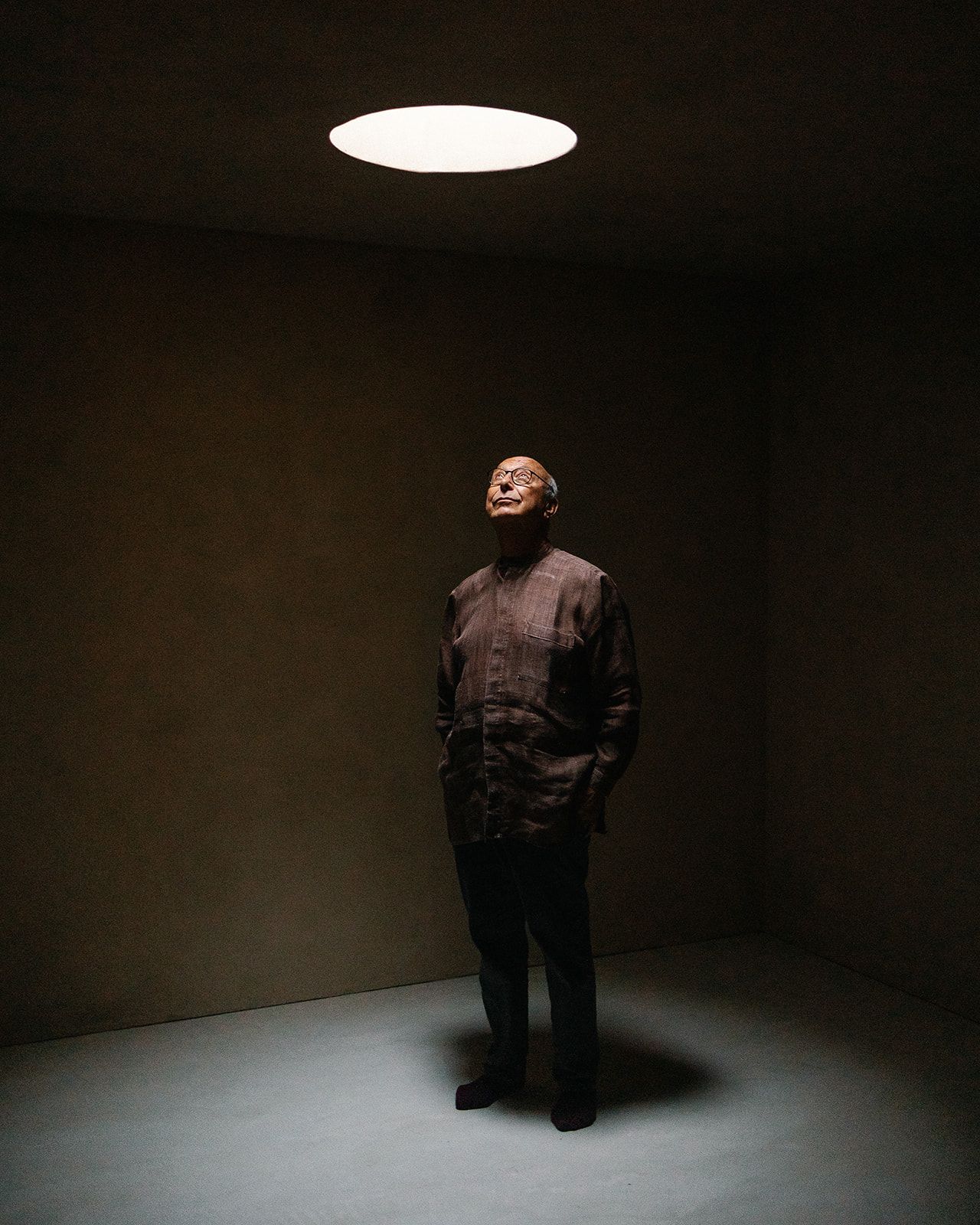
At The TwentyFour Six, we want to know how you spend your 7th? What is your idea of a perfect day?
I think have one every day! But, yesterday, I was in the garden cutting branches. For me, it’s an exercise in trying to find a way to cut a branch from a tree that makes the tree better and creates a win-win situation. If I cut part of a plant or tree, then it has the chance to grow in a better way with a positive evolution in the years to come. So yesterday, I had a branch with thousands of little leaves and purple and blueberries. I sat down on a chair in the middle of the green garden, and I started removing the thousands of leaves, one by one. It was like a Zen meditation. I sat for one hour and a half, taking the little leaves away…
